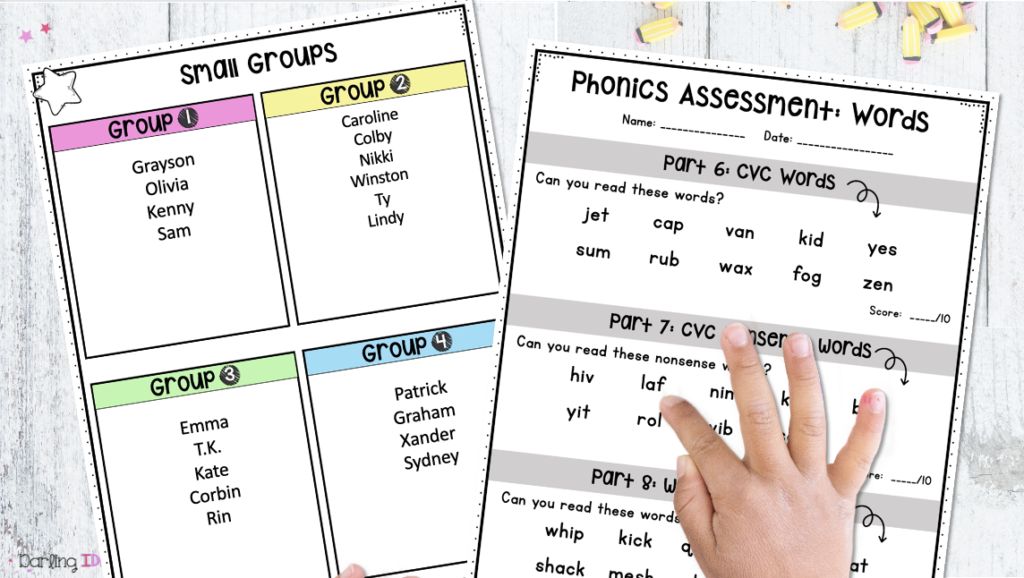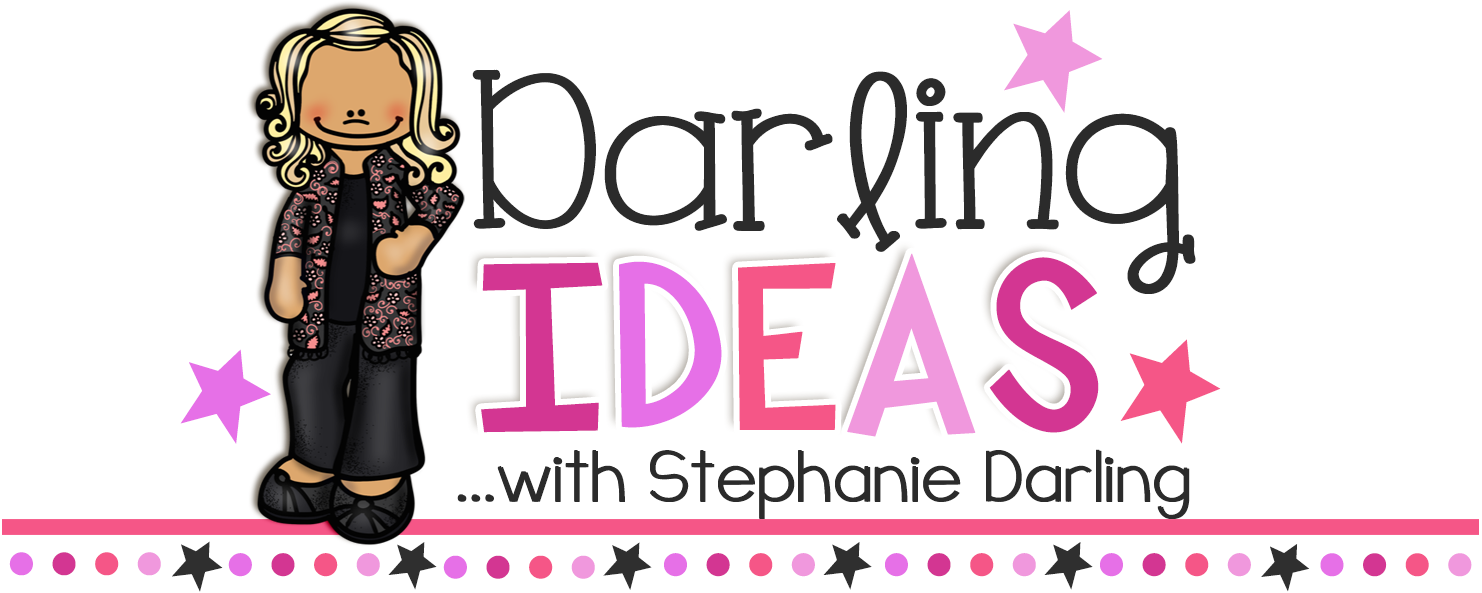So, you are about to start small groups! Yay! How incredible of you! This blog post will walk you through sorting students into groups and point you in the right direction for finding Science of Reading Small Group Assessments.
So, without further ado….
Small groups are “the new” guided reading groups. Gone are the days of guessing and picture cues, and instead students spend this valuable time learning reading skills targeted to their specific needs. You can find out about those needs from your Science of Reading Small Group Assessments
In small groups, students work on:
•Phonological/Phonemic Awareness Skills
•Phonics Skills
•Decoding Skills
•Encoding Skills
•Vocabulary and Comprehension Skills
•Writing Skills
•And More
To be most beneficial, activities must meet students’ needs (as determined by data) in the form of interventions, on-level practice, and enrichment. It would be a huge challenge for a teacher to plan lessons for individual students, so this is where groups come in. Assessments help you determine which students have similar instructional needs and plan small group lessons for students who have similar academic needs. Read on to find out more about assessments.
Which assessments?
Science of Reading Small Group Assessments should primarily look at phonics skills. Then, you can group students based on their phonics needs in a couple of different ways. But more about that later! Here are a couple of free resources for incredible phonics assessments!
Another favorite phonics assessment is by The Measured Mom. You can find it by clicking here!

For grouping, you can look at assessment data in a few different ways.
1. Science of Reading Small Group Assessment data to divide students into groups based on the percentage of letters they know. For instance, groups might be in the bottom 25% (intervention), 26-50%, 51-75%, and above 75% (enrichment). Or option two..
2. You could use the same principle and divide the kiddos into groups based on the number of letters they know too. It might be good to use something like less than 20 letters, 21-35, 36-45, and above 45. You can also use a certain amount of professional judgment and/or other assessments when dividing students into groups. This is where it might be valuable to use assessments such as the PAST from David Kilpatrick’s book, Equipped for Reading Success to gauge Phonemic Awareness skills as well as anecdotal notes and observations.
3. Another way to group kids would be by specific phonics skills that they need instruction on. You might have a group of kiddos who need work on p, b, and n, and another group who need work on ink and onk. Grouping this way is fluid and might change weekly.
Choose the grouping that best meets your students’ needs, but don’t be afraid to change it up! Maybe you want to begin with one way, and after a few weeks of instructions, it works better to use data and group students a bit differently. Once your groups are in place, it’s time to start planning some lessons.




No Comments